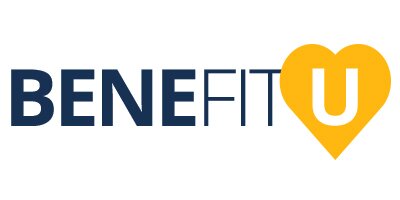The Department of Health and Human Services (HHS) has issued the first in what promises to be a decades-long series of regulations and other guidance on the new health reform law. The new guidance concerns the temporary $5 billion retiree healthcare reinsurance fund authorized by the health reform legislation. The purpose of the reinsurance fund is to provide an incentive for employers supplying retiree health coverage for certain pre-Medicare-eligible retirees to continue providing that coverage. Congress recognizes that coverage for individuals in their mid-fifties and at later ages is substantially more expensive than health insurance for younger individuals, and hopes employers will continue to supply the retiree coverage.
The federal program reimburses sponsors of self-funded and fully insured retiree health plans for a substantial portion of the costs associated with providing benefits to the plans' most expensive retirees and dependents between age 55 and Medicare-eligibility age. The plan is entitled to claim up to 80% of its annual costs, minus negotiated price concessions, for medical, surgical, hospital and prescription drug benefits paid by the plan on behalf of these individuals, within a "reinsurance corridor."
The Re-insurance Corridor
The 80% reimbursement rate applies to the plan's expenses between $15,000 and $90,000 per retiree or dependent. Thus, a plan that pays $100,000 on behalf of a retiree in a given year could receive $60,000 from the fund (80% of the $75,000 in expenses between $15,000 and $90,000). The reinsurance corridor is to be adjusted in later years by the medical component of the consumer price index.
The future adjustment may be largely a moot point, as Lockton's actuaries don't expect the $5 billion to last more than a couple years.
"Show Me the Money!"
The program comes online June 23, 2010, and will be handled much the way Medicare Part D retiree drug subsidy payments are handled (there will be an application process and deadline, data verification and reconciliation requirements, potential for federal audit, etc.). It appears from the HHS guidance that the reimbursements are paid annually, after the close of a plan year. Reimbursement is available for retiree healthcare expenses incurred by the plan on and after the June 23, 2010 start date. The program ends after 2013, unless the money runs out sooner.
To be eligible for reimbursements, a retiree health plan must implement programs and procedures to generate cost savings for participants with chronic and high-cost conditions.
Payments will be made to the employer-sponsored retiree health plan. According to HHS, the payee must use the reimbursements to "lower health costs for enrollees (e.g., lower premium contributions, co-payments, deductibles, etc.)."
The reimbursement payments to the plan sponsor are nontaxable.
Reimbursement is not confined to retiree plans maintained by private sector, for-profit companies. Plans maintained by state and local governments, not-for-profit businesses, tax-exempt entities such as churches, and unions may also apply for a bite at the reimbursement apple.
Stay Tuned...Then Act Fast!
HHS will issue additional guidance in the coming weeks and months, specifying precisely how claims are to be made against the $5 billion fund. We'll let you know when we receive that guidance. Then, be prepared to move quickly, as the $5 billion - while it seems like a lot of money - won't last long.
A copy of the HHS guidance is available by clicking here.
A summary provided by: Edward C. Fensholt, J.D. Lockton Benefit Group, Compliance Services
